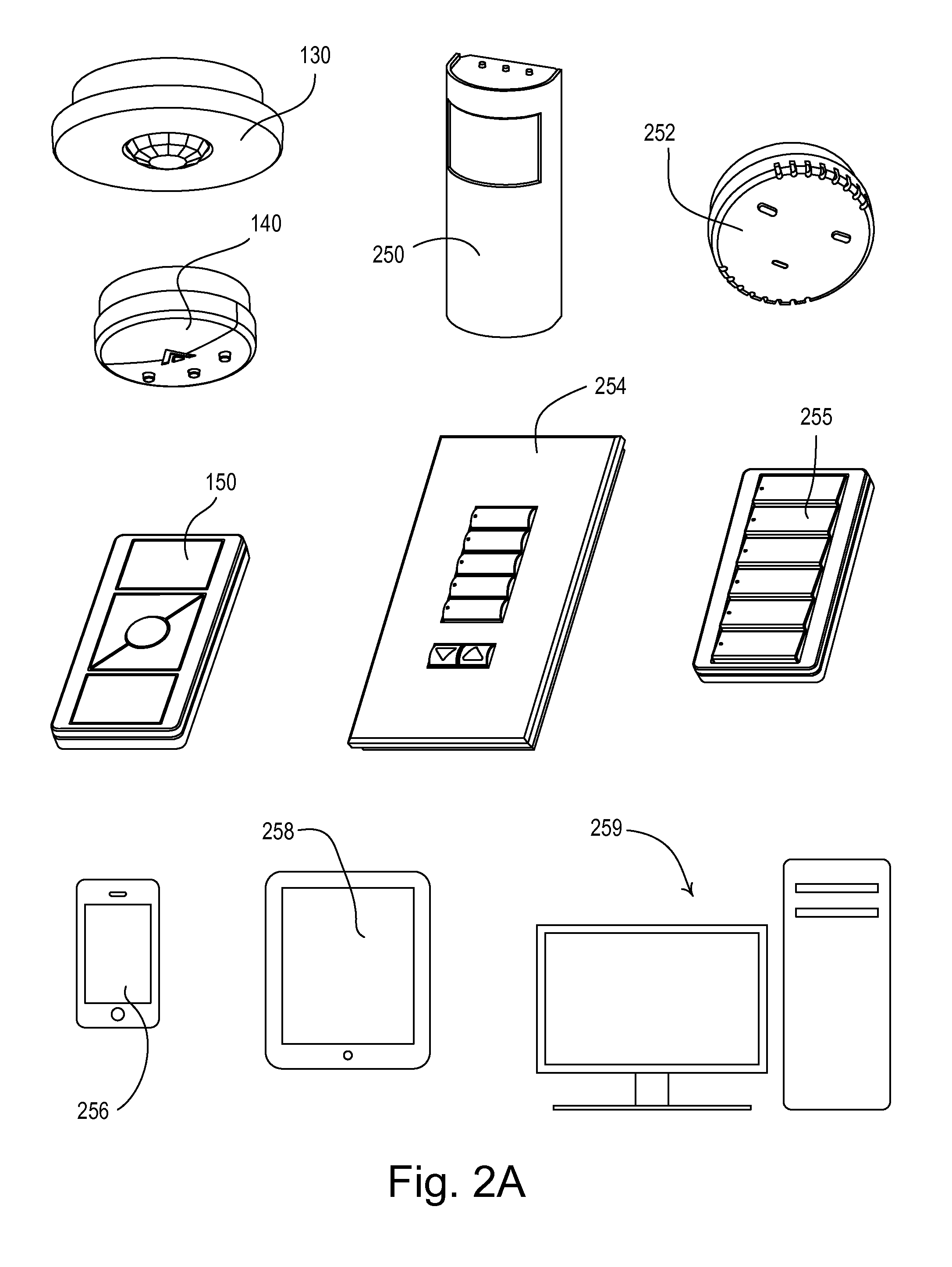Charging an input capacitor of a load control device
a load control device and input capacitor technology, applied in the direction of electric variable regulation, process and machine control, instruments, etc., can solve the problems of inability to connect the neutral side of the ac power source to the wallbox where the mechanical switch is located, the cost of running additional wiring is high, and the need for subsequent repair
- Summary
- Abstract
- Description
- Claims
- Application Information
AI Technical Summary
Benefits of technology
Problems solved by technology
Method used
Image
Examples
Embodiment Construction
[0075]The foregoing summary, as well as the following detailed description of the preferred embodiments, is better understood when read in conjunction with the appended drawings. For the purposes of illustrating the invention, there is shown in the drawings an embodiment that is presently preferred, in which like numerals represent similar parts throughout the several views of the drawings, it being understood, however, that the invention is not limited to the specific methods and instrumentalities disclosed.
[0076]FIG. 1 is a simple wiring diagram of a load control system 100 having a plurality of two-wire power devices (e.g., two-wire load control devices, such as two-wire digital dimming ballasts 110). The two-wire digital dimming ballasts 110 are coupled to respective lamps 104 for controlling the intensities of the lamps to a desired lighting intensity LDES between a low-end (i.e., minimum) intensity LLE (e.g., approximately 1%) and a high-end (i.e., maximum) intensity LHE (e.g....
PUM
 Login to View More
Login to View More Abstract
Description
Claims
Application Information
 Login to View More
Login to View More - R&D
- Intellectual Property
- Life Sciences
- Materials
- Tech Scout
- Unparalleled Data Quality
- Higher Quality Content
- 60% Fewer Hallucinations
Browse by: Latest US Patents, China's latest patents, Technical Efficacy Thesaurus, Application Domain, Technology Topic, Popular Technical Reports.
© 2025 PatSnap. All rights reserved.Legal|Privacy policy|Modern Slavery Act Transparency Statement|Sitemap|About US| Contact US: help@patsnap.com



